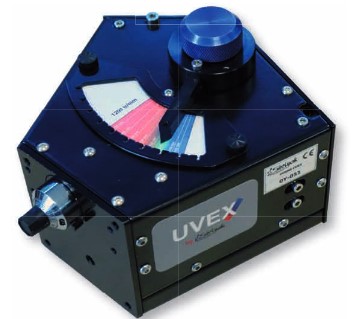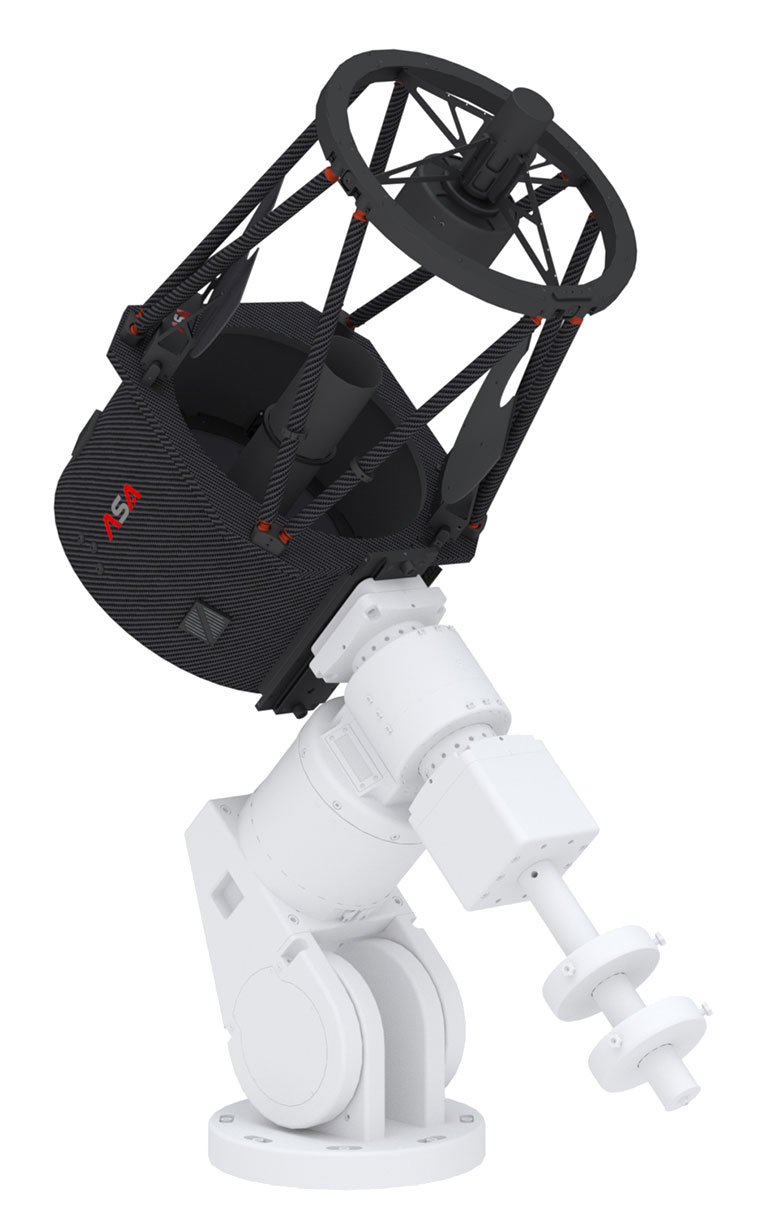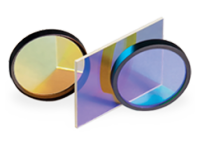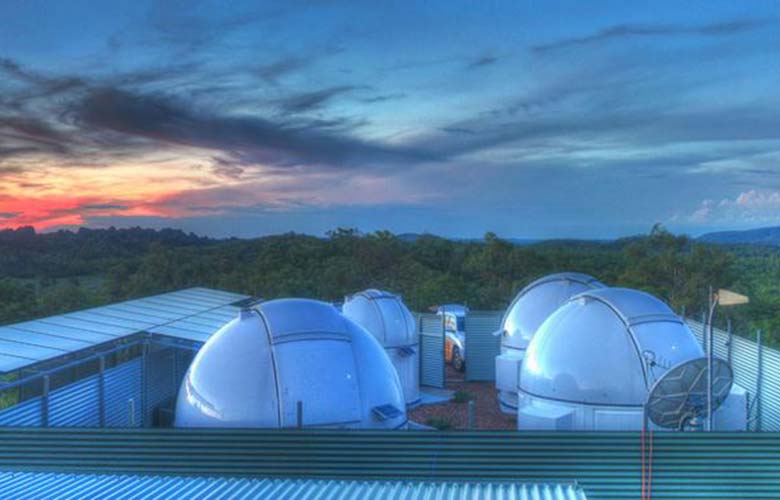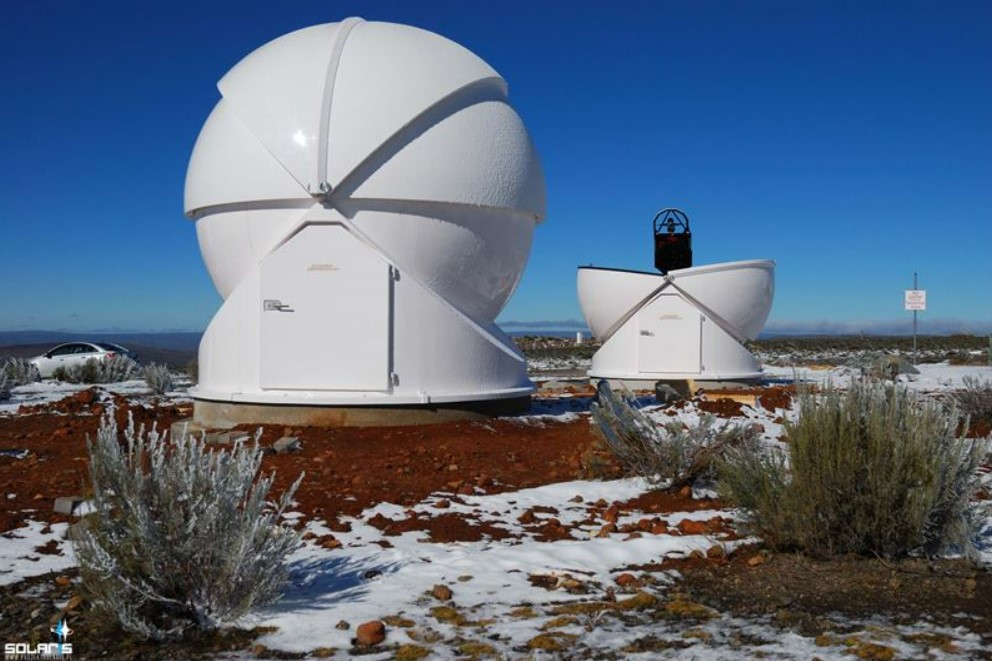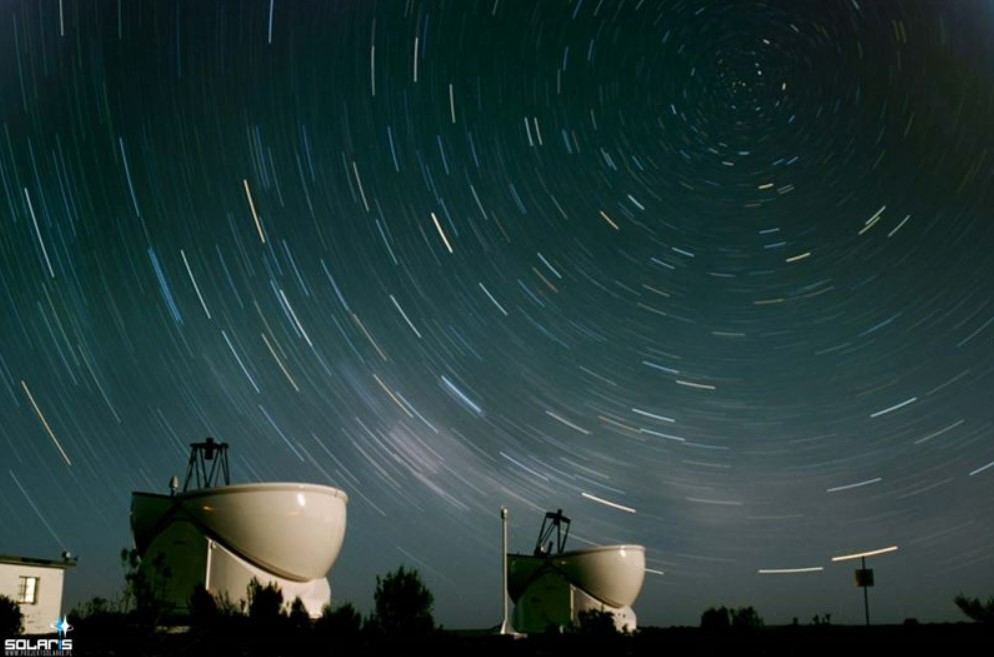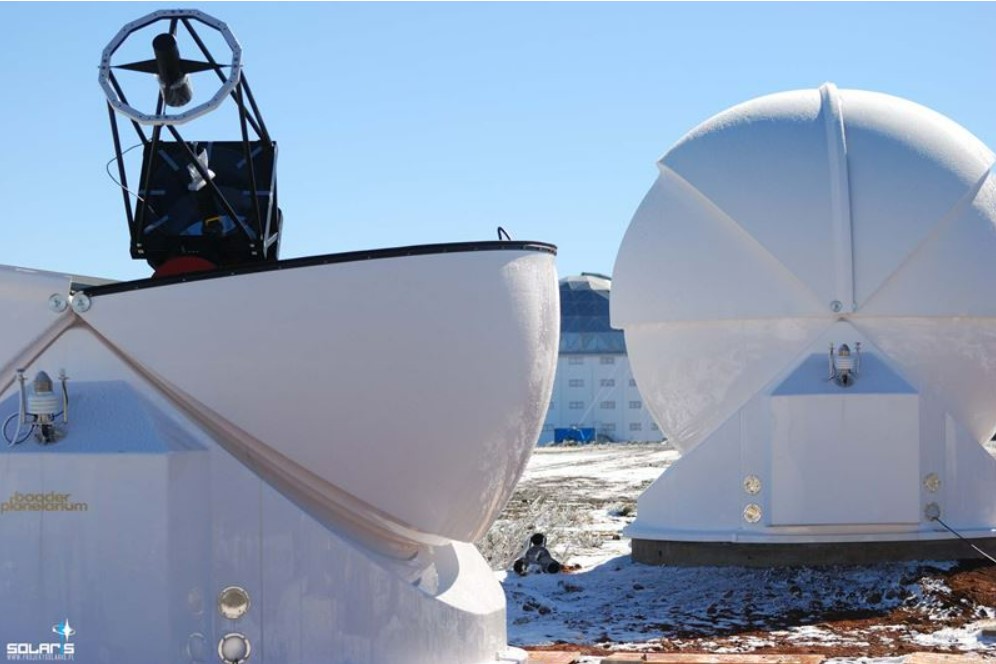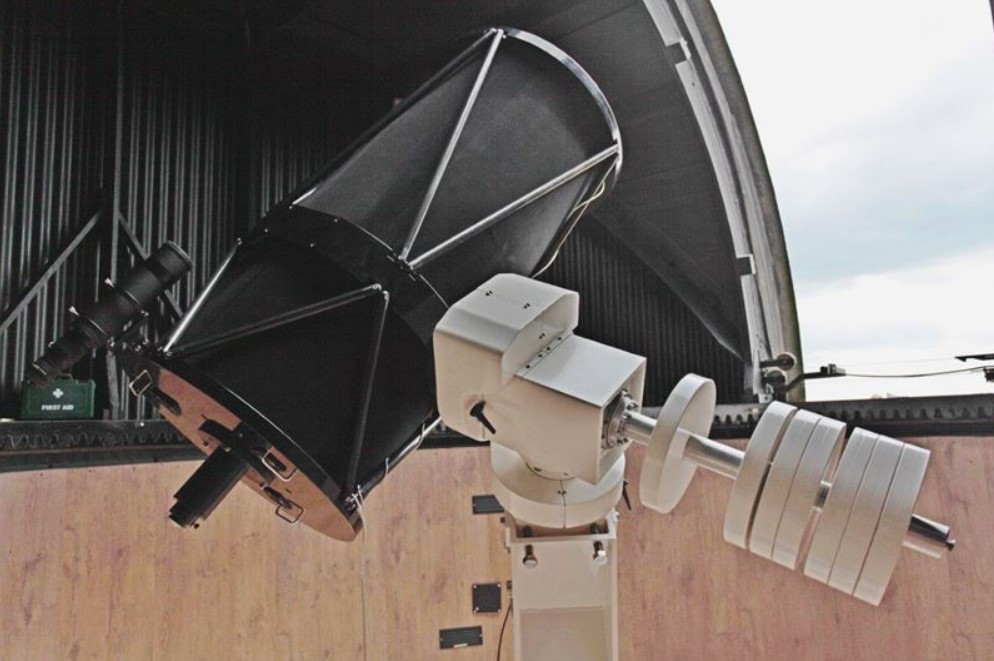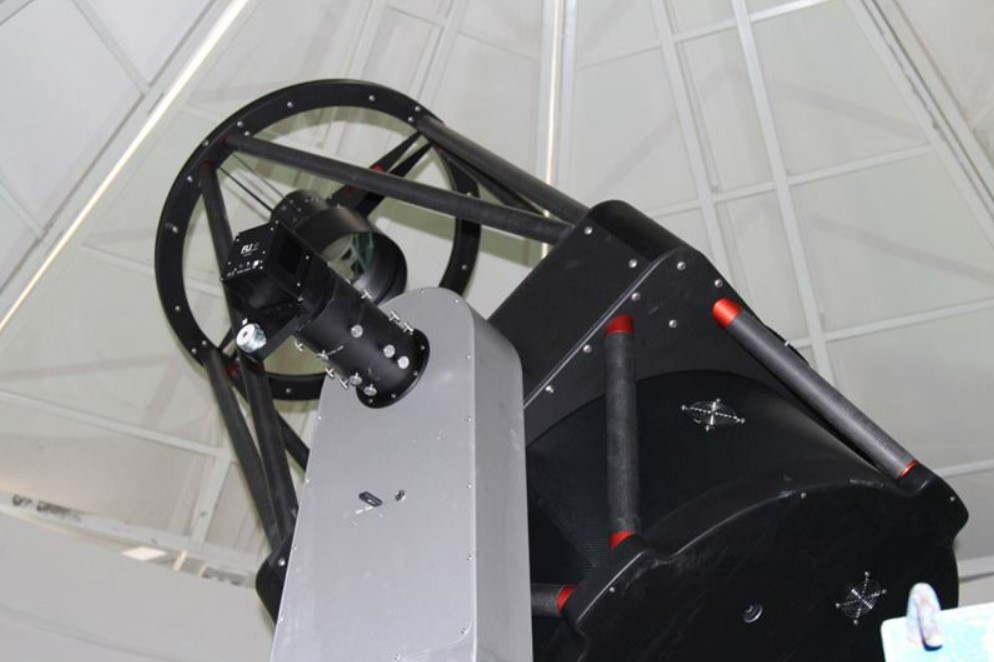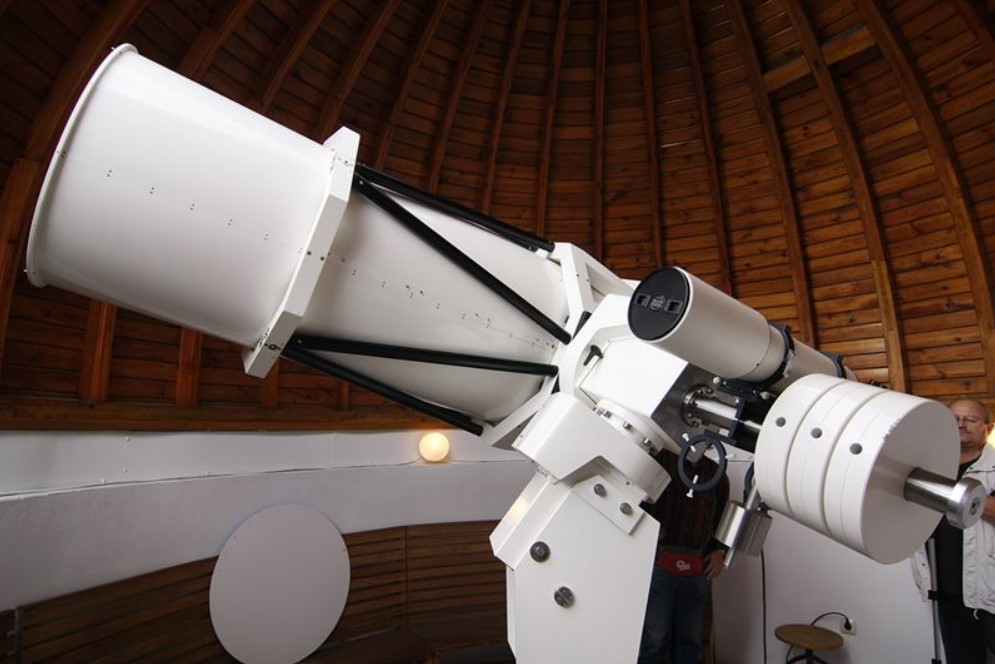CMOS Sensor and Camera Electronics
Both C5A and C5S cameras are equipped with Sony IMX rolling shutter back-illuminated CMOS detectors with 3.76 × 3.76 μm square pixels. Despite the relatively small pixel size, the full-well capacity over 50 ke- rivals the full-well capacity of competing CMOS sensors with much greater pixels and even exceeds the full-well capacity od CCD sensors with comparable pixel size.
The used Sony sensors are equipped with 16-bit ADCs (Analog to Digital Converters). 16-bit digitization ensures enough resolution to completely cover the sensor exceptional dynamic range.
| Remark:
While the used sensors offer also lower dynamic resolution (12 and 14 bit), C5 cameras do no utilize these modes. Astronomical images always use 2 bytes for a pixel, so lowering the dynamic resolution to 14 or 12 bits brings no advantage beside the slightly faster download. But cooled astronomical cameras are intended for very long exposures and a fraction of second saved on image download is negligible compared to huge benefits of 16-bit digitization. |
C5 camera models include:
| Model | C5A/C5S-100M | C5A/C5S-150M |
| CMOS sensor | IMX461 | IMX411 |
| Color mask | None | None |
| Resolution | 11664 × 8750 | 14208 × 10656 |
| Pixel size | 3.76 × 3.76 μm | 3.76 × 3.76 μm |
| Sensor size | 43.86 × 32.90 mm | 53.42 × 40.07 mm |
Camera Electronics
CMOS camera electronics primary role, beside the sensor initialization and some auxiliary functions, is to transfer data from the CMOS detector to the host PC for storage and processing. So, as opposite to CCD cameras, CMOS camera design cannot influence number of important camera features, like the dynamic range (bit-depth of the digitized pixels).
Sensor linearity
The sensors used in C5 cameras show very good linearity in response to light. This means the camera can be used for advanced research projects, like the photometry of variable stars and transiting exoplanets etc.


